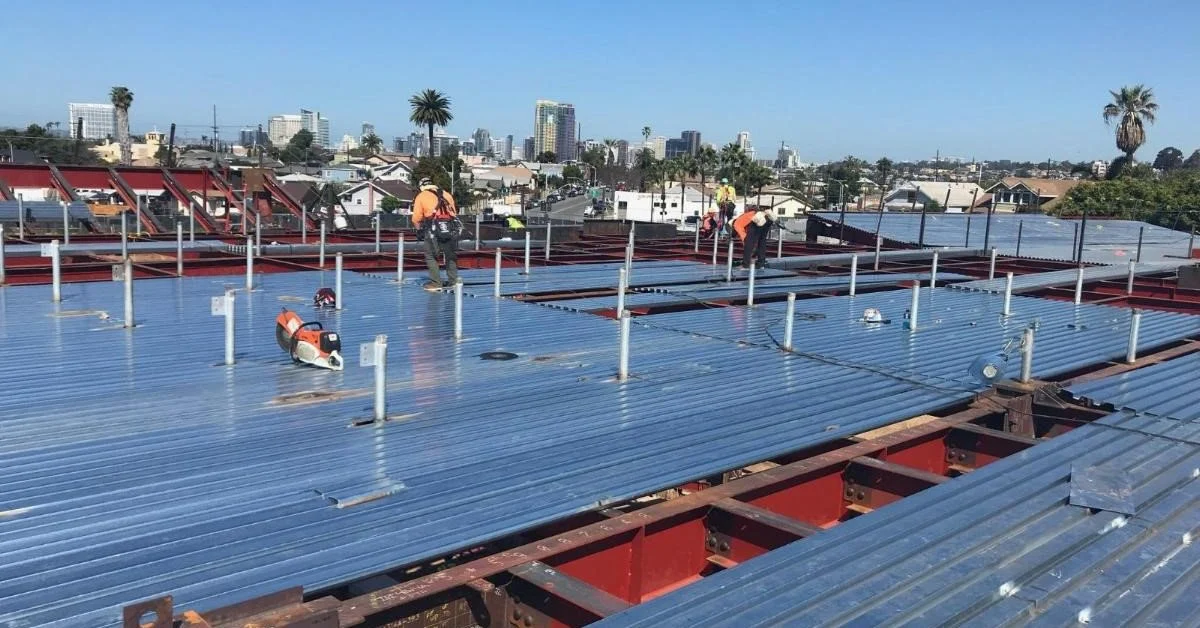Uses Of Various Types Of Solar Panels: A Beginner’s Guide

We live in a world where people lean toward natural resources, whether it is consuming organic or using renewable energy. And when it comes to raw power, energy generated from the sun is on top. It is also known as solar energy. Generally, the sunlight that reaches earth divides into 45% IR radiations, UV rays, and electromagnetic rays, while the remaining 55% contributes to light. This light can be used in generating energy using solar panels. There are various types of solar panels available in the market.
But often, people get confused about the types of solar panels as they lack the required knowledge. Considering the same, we have compiled a guide on various types of solar panels. But before jumping on that. Let’s clarify the basic question.
What is meant by solar panel systems?
A solar panel system is a device made of electrical equipment whose primary purpose is to convert solar rays into electrical energy. The photovoltaic effect principle is used in a solar panel system. The working module of a solar panel is: solar panel consists of solar cells; when the solar light is directed towards the cell, then the electrons get detached from the silicon atoms of a cell. The same electron then flows through the cell and generates a direct current. The required output is then sent to an inverter which converts the DC power into AC, and then the required electricity is used in homes, offices, etc.
Different types of solar panels
Solar panels are of different types based on the materials used. All these panels have different efficiency. Below we are highlighting the types of solar panels
1. Polycrystalline panel
The very first type of solar panel on our list is a Polycrystalline panel, also known as a multi-crystalline panel. This panel is made of silicon material, but multiple silicon fragments are used to make polycrystalline cells. Due to this, all these cells have less life span and efficiency. These cells don’t generate electricity in large forms due to the short span of cells. Further, the electrons in this cell don’t have much freedom to roam as there are many crystals in the panels. This panel is generally prepared by melting the raw silicon, and then the melted material is poured into a square mould to create wafers. The process of preparing polycrystalline solar panels is easy.
2. Monocrystalline panel
The second type of solar panel on our list is a monocrystalline panel made from one single crystal. This panel is also made from silicone material, but unlike polycrystalline panels, pure silicon is created in bar form and then cut out in the form of wafers. All the edges of the wafers are smooth and round. This panel is made of high-quality silicon material, which is why it lasts a long time and has a high efficiency compared to an earlier one. These solar panels are usually uniform and black.
3. Thin film solar panel
Lastly on our list is a thin film solar panel which is usually light. Instead of wafers, this panel is made of thinner sheets. This panel comprises semiconductor materials like telluride, silicon, cadmium, etc. The layer of semiconductor material is inserted between transparent layers, and on top is glass material which helps collect sunlight. These solar panels have lower power capacities and efficiency than the other two. Also, these panels tend to degrade quickly; hence they have a brief life span. But as these panels are thin, they can be used in various applications such as solar tiles, shingles, etc.








